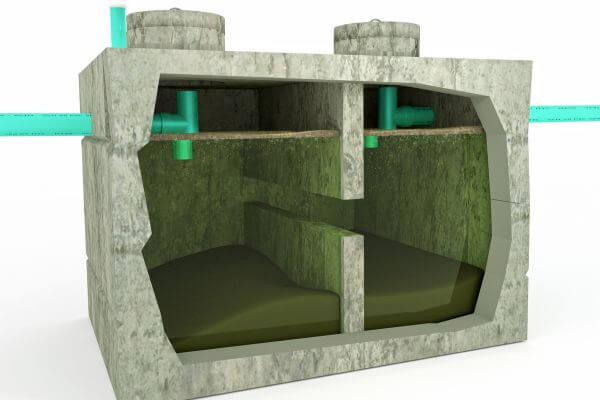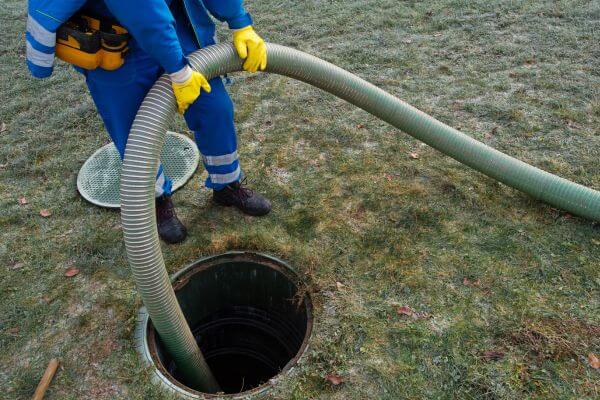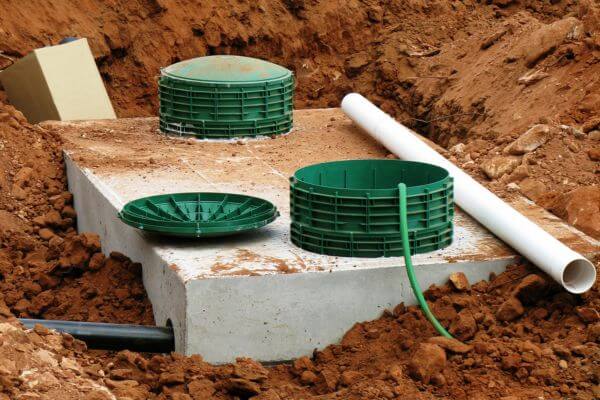Drainage system
The drainage system, often referred to as a drain field or absorption bed, plays a vital role in the final treatment of the effluent leaving the septic tank. This system consists of a series of perforated pipes laid in trenches filled with gravel or similar material. The effluent is distributed through these pipes and slowly percolates through the soil. This natural filtration process removes remaining contaminants and treats the water before it reaches the groundwater. The effectiveness of the drainage system depends on the capacity of the soil to absorb and filter the effluent, which varies according to soil type and other environmental conditions.
Maintenance required
Maintenance is essential to ensure that a septic tank functions properly and safely. This maintenance includes regular inspection of the system and pumping of the septic tank. Pumping is necessary to remove the accumulated sludge which, if left untreated, can cause the system to collapse. The frequency of maintenance varies according to tank size and use, but is generally recommended every three to five years. In addition, it is crucial to avoid disposing of non-biodegradable materials or harmful chemicals in the system, as they can disrupt the treatment process and damage the system. Proper maintenance not only prolongs the life of the septic system, but also protects public health and the environment.
The treatment process in a septic tank
Treatment in a septic tank is carried out in several stages. The first stage occurs in the septic tank, where the solids are separated from the liquid. Heavy solids settle to the bottom of the tank forming sludge, while lighter solids, such as oils and fats, float to the surface forming scum. The effluent, the liquid that remains between the sludge and the slag, flows into the drainage system.
Sedimentation stage
The sedimentation stage is the first stage of the treatment process in a septic tank. At this stage, the wastewater enters the septic tank and is left to stand. This allows the heavier solids to settle to the bottom of the tank, forming the sludge. This process reduces the amount of solid material in the effluent that passes to the next stage of the system. The efficiency of sedimentation depends on several factors, including the design of the tank and the amount of water flowing through the system.
Anaerobic digestion
After sedimentation, the anaerobic digestion process starts in the septic tank. In this phase, anaerobic bacteria break down the organic solids in the sludge, reducing their volume and converting them into simpler gases and liquids. This biological process is crucial, as it reduces the amount of sludge that must eventually be pumped and treated. Anaerobic digestion also helps to reduce odours and the possibility of blockages in the system.
Drainage of treated water
Once the effluent has passed through the anaerobic digestion process, it is ready to be drained into the drain field. Here, the effluent percolates through the soil, where micro-organisms and soil components provide additional treatment. This process removes remaining pathogens and nutrients, protecting groundwater quality. Proper design and maintenance of the drainfield is essential to ensure that the effluent is effectively treated before release to the environment.




Recent Comments